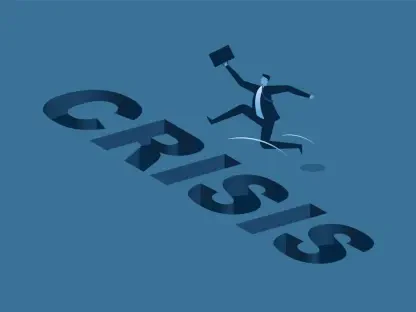In his 2024 campaign, former President Donald Trump expressed a strong intent to overhaul the accreditation system, accusing academic institutions of being overly influenced by left-wing ideologies. He proposed the removal of what he described as “radical Left accreditors” and the establishment of new accreditation standards to counter what he called “Marxist maniacs and lunatics” in academia.
Accreditation System Overhaul
At the Council for Higher Education Accreditation’s annual conference, held in Washington, D.C., participants discussed the impending changes to the accreditation landscape following Trump’s re-election. The relationship between the U.S. Department of Education and accreditors is crucial, as the department recognizes accreditors who, in turn, validate institutions’ eligibility for federal financial aid programs like student loans and Pell Grants. This process would be central to implementing Trump’s proposed policies, including his focus on eliminating diversity, equity, and inclusion (DEI) initiatives from higher education.
Abolishing DEI Requirements
A notable aspect of Trump’s campaign promises is the commitment to abolishing DEI requirements at colleges. This was highlighted by Trump’s vice president, J.D. Vance, who, as a senator, introduced a bill aimed at preventing accreditors from enforcing DEI standards. Efforts like these are expected to escalate under the Trump administration, further challenging higher education institutions that support DEI initiatives.
Broader Educational Policy Goals
Additionally, Trump’s administration’s broader educational policy goals involve a new Education Secretary, Linda McMahon, who is perceived as pragmatic based on her prior tenure as head of the Small Business Administration during Trump’s first term. Despite Trump’s rhetoric about abolishing the Education Department, experts like Jon Fansmith, Senior Vice President of Government Relations and National Engagement at the American Council on Education, dismissed the feasibility of such drastic measures, noting a lack of substantial legislative support.
Communicating the Value of Equity Work
Amid an increasingly hostile environment towards DEI, higher education leaders must craft compelling narratives to communicate the value of equity work to the public, who may either misinterpret these efforts or remain unaware of their significance. Effective communication should focus on shared societal values and avoid jargon that may alienate or confuse audiences.
Immigration and International Students
Furthermore, the Trump administration’s stance on immigration and international students poses additional challenges for higher education. New policies could involve enabling immigration raids on campuses and enforcing stringent measures against migrants, impacting institutions that host international students. This potentially threatens programs that benefit from the diversity and mutual enrichment facilitated by international exchange.
Funding Concerns
Another concern is the uncertainty following the White House’s memo that suggested a sweeping pause on federal funding, shaking the higher education community. Although the memo was rescinded following a judicial order, confusion and concern persist regarding federal support for educational grants and loans.
Conclusion
During his 2024 campaign, former President Donald Trump has laid out a decisive plan to revamp the accreditation system for American academic institutions. He claims that these institutions have fallen under the heavy influence of left-wing ideologies, which he believes compromise educational standards. To combat this, Trump emphasized his commitment to removing what he terms “radical Left accreditors,” arguing that their influence has negatively shaped academia. Moreover, he proposes the development of new accreditation standards aimed directly at diminishing the sway of what he describes as “Marxist maniacs and lunatics” within the academic sphere. This overhaul, according to Trump, is essential for preserving the integrity and objectivity of higher education in the United States. By implementing these changes, he aims to create a more balanced and ideologically diverse academic environment that better serves the country’s educational needs and future generations of students.








